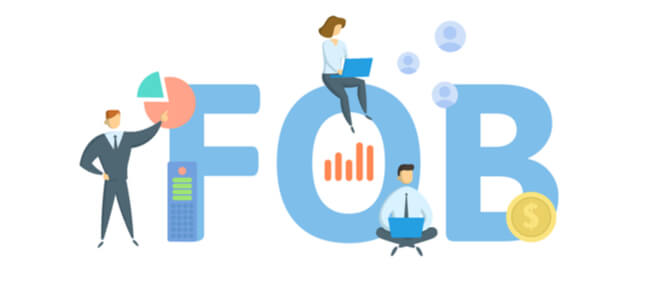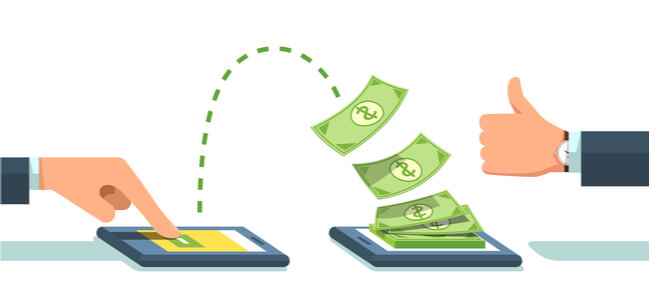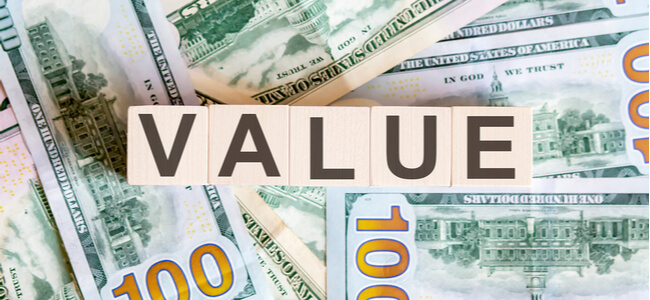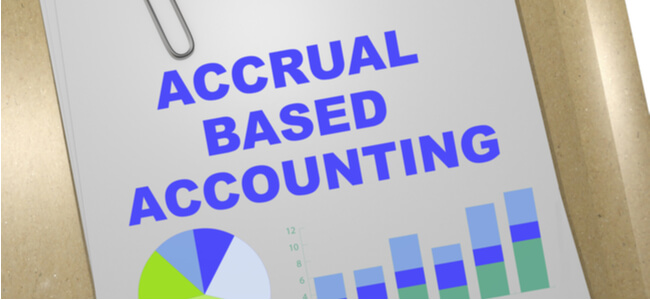What Is The Difference Between Invoice Financing And Factoring?

What does factoring invoices mean and how is it different from invoice financing? Invoice financing allows the original owner of the invoice complete control over the receivables. On the other hand, the invoice factoring definition involves the complete purchase of the invoice by the factoring company.
Whichever method you opt for, you’ll only get paid for around 80% of the total invoice value upfront. Although, in some cases, factoring may get you up to 90%. For the remaining cash after fees, you’ll be required to wait until the customer makes the payment for the outstanding invoice.
Along with invoicing software, these methods are an easy tool to help propel you out of the frustration of outstanding invoices.
Characteristics | Invoice Factoring | Invoice Financing |
Invoice owner | Factoring company | Your business |
Upfront Payment (Avg) | 85% to 90% of the invoice value | 80% of the invoice value |
Monthly Fee (Avg) | 2% to 4.5% | 1% to 3% |
Payment collector | Factoring company | Your business |
Invoice Financing
Invoice financing, also known as invoice discounting, is a method to finance your outstanding invoices by collecting money against them from a loan servicer. The servicer generally pays the borrowers around 80% of the invoice value. Your company will remain responsible to extract payment from the client. Once your client makes the payment, you’ll return the debt that’ll include interest and the incumbent fee charged monthly.
As an example, consider the event management company VIPEvent. It’s provided its services for the price of $5,000 to one of its clients. With the invoice terms stating NET30, VIPEvent didn’t expect the client to pay the money any time soon. Since the company was required to pay the staff, it decided to finance the invoice. Doing so allowed it to secure 80% of the invoice amount, which was $4,000.
After the client clears the payment, VIPEvent keeps the additional $750 and gives $250 to its servicer as fees and accumulated interest. This full transaction landed VIPEvent with 95% of the invoice payment.
Invoice Factoring
When factoring an invoice, you offload the collectibles to a company that purchases the invoice from you. The company will pay you a handsome percentage of the invoice value upfront and then follow up with the client for invoice payment. Once the payment is made, the company will forward you the remaining cash after deducting the fee and interests. Fees for this method are generally higher since the factor entails a risk of no payment on the outstanding invoice.
As a factoring invoice example, consider once again the event management company VIPEvent. It has an invoice amounting to $5,000 for the services it’s provided to a client. In order to get immediate cash, it’s decided to contact an outsourced company. The factor paid VIPEvent around 4,250 upfront.
The factor will follow up with the client and upon receiving payment will give VIPEvent $450 after deducting a $300 fee. This will allow VIPEvent to secure around 94% of the invoice payment.
The Advantages Of Invoice Financing And Factoring
One of the biggest advantages of the two methods is that with an instantaneous payment of the outstanding invoice you can easily sustain positive cash flows, pay your staff on time, and clear out necessary bills. Micro invoice factoring is specially tailored for start-ups facing similar dilemmas.
For businesses that have come across financial dead ends, these two invoicing methods may be the only way out. Bad credit can make it difficult to secure a servicer. Servicers are more interested in assessing the likelihood of the invoice getting paid. For this reason, securing a finance servicer or factor is a lot easier.
Another key benefit is the guarantee of getting paid for some of the receivables on time without having to follow up with delaying clients.
Disadvantages Of Invoice Financing And Factoring
At times, these invoice methods can be a somewhat expensive alternative. A late payment fee is charged monthly ranging from 1% to 4.5%. For clients that take longer than usual to pay, this could mean a lot of deductions from your invoice value.
At times, involving a factor to collect payments on your behalf can put your reputation at risk. Such invoice factoring risks can be mitigated through discretion on the part of the factor.
Conclusion
It seems reasonable to conclude that in the wake of diminishing cash flows, these two invoice methods may be your best revenue option, especially when invoicing for small businesses or enterprises.
However, when considering invoice financing vs factoring, you must take into account many related factors such as the likelihood of the invoice getting paid before the deadline. To drive maximum benefit, you must have keen insight into your receivables and client payment tendencies.










